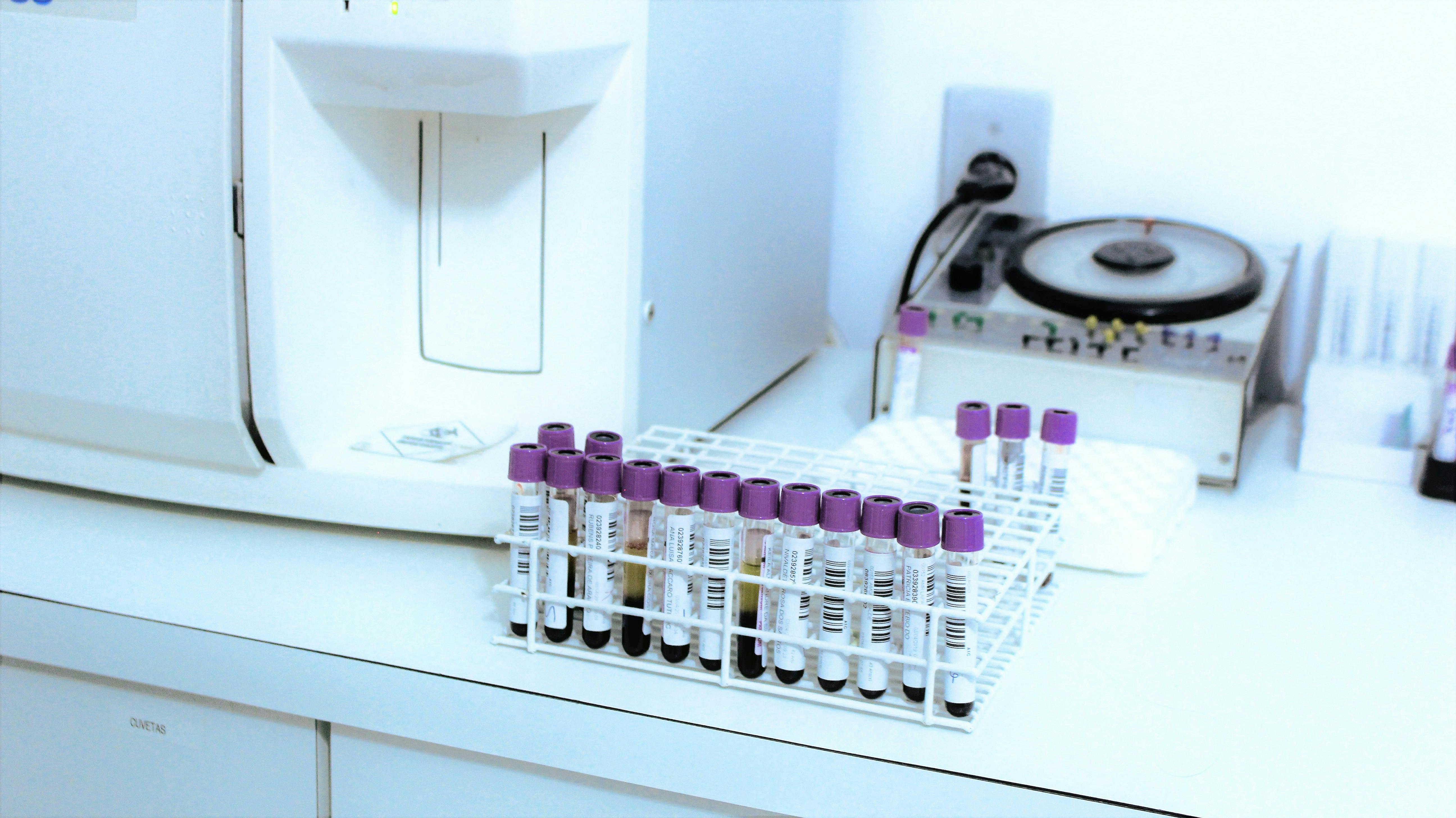Imagine you're in a hospital.
You’re lying in a room, waiting to receive treatment with a brand-new, high-tech medical device. A technician wheels it in—sleek, modern, fresh off the assembly line.
While setting it up, they casually mention:
“This device just came in—first time being used in the real world!”
And then:
“Our engineers tested about 85% of it before shipping. Pretty solid, right? You’ll be fine.”
Would you let them continue?
Probably not. You’d ask them to stop, and you’d walk right out of the room.
We all understand instinctively: 85% tested is not safe enough when real lives are on the line. So, why do we accept this standard when the stakes involve millions of users, billions of dollars, or mission-critical infrastructure?
Our Code Is No Different
We may not write firmware for pacemakers or surgical robots, but we do build the systems that run banks, hospitals, governments, and cloud infrastructure. When these systems fail, it's not just a bad day—it can be catastrophic.
And yet, somehow we’ve normalized this idea that 75% code coverage is “pretty good,” and that 85% is “amazing.”
That’s not quality. That’s a gamble.
If a quarter of your code is untested, someone will be testing it.
Spoiler: it's going to be your customers.
Why High Coverage Isn’t Enough
When developers start writing tests, they tend to focus on the “happy paths”—the main use cases. Those are important, but just covering them gets you to maybe 50–60%.
Next come the edge cases and error handling. That might push you to the industry’s magic number of 75%, or 85% if you're especially thorough.
But that last 15%?
That’s the dark corner where bugs hide. It’s where rare conditions and strange inputs live. And more often than not, that’s where your system breaks down—or gets exploited.
In the cloud, edge cases aren’t rare. At scale, they happen all the time.
Why 100% Code Coverage Actually Matters
Getting to 100% isn’t about perfectionism or vanity metrics. It’s about resilience. When you hit that number, a few important things happen:
- Reliability: Fewer bugs reach production. Customers trust your software.
- Sustainability: No one can sneak in untested logic—intentionally or accidentally.
- Velocity: Refactoring becomes safer. You move faster with fewer regressions.
- Determinism: You eliminate flaky tests that randomly fail and waste your time.
I’ve worked on teams that pushed coverage from 85% to 100%. Every single time, we uncovered real bugs in that final stretch—sometimes even design flaws or dead code we didn’t know existed.
But 100% in the Tool Doesn’t Mean You’re Done
Your code coverage tool may report “100%,” but that doesn’t always mean every line is genuinely tested. There are often a few lines—like fail-safes or defensive logging—that are difficult or impractical to test.
That’s okay.
Just mark them explicitly and call them out in code review. What matters is that no one can hide behind the numbers to avoid writing proper tests.
Unit Tests Aren’t Enough
Let’s be clear: 100% unit test coverage is critical—but it’s not the whole story.
You still need integration tests, end-to-end scenario tests, and system-level monitoring to catch what unit tests can’t.
In some projects, we’ve tracked coverage for integration and scenario tests too, aiming for 80%. It's harder to capture, but incredibly valuable when you can.
But What About Junk Tests?
A common pushback:
“If we force 100% coverage, people will write useless tests just to pass the gate.”
Yes, that risk exists. And the answer is straightforward:
- Code Reviews – Don’t just review features—review the tests. Make sure they mean something.
- Mutation Testing – This is the game-changer.
What Is Mutation Testing?
Mutation testing asks a deeper question:
Are your tests actually catching real bugs?
It works by introducing small, intentional changes to your code—like flipping true to false, or changing > to <. These are called mutants.
Then it runs your tests.
If your test suite catches the change and fails, the mutant is skilled.
If the test passes anyway, the mutantsurvives—and that’s a problem.
Surviving mutants means your tests are too shallow. Mutation testing highlights them.
We’ve used tools like Stryker.NET for C# and cargo-mutants for Rust to validate our test quality. The results are always eye-opening—and make your test suite meaningfully better.
Make Your Tests Deterministic
Flaky tests are a nightmare. They erode trust in your CI pipeline and waste time.
The root cause? Usually non-determinism: real-time clocks, random inputs, shared global state, or external dependencies.
To fix that:
- Mock external systems
- Use virtualized time (e.g.,
TimeProviderin .NET) - Avoid relying on the global environment state
Tests should behave exactly the same—every single time they run.
Final Thoughts
If you’re aiming for 75% test coverage, you’re shipping bugs.
Period.
100% unit test coverage isn’t a luxury or a bragging right—it’s the baseline for serious, professional engineering.
It’s how we build reliable systems.
It’s how we move fast without breaking things.
It’s how we protect our users, our team, and our reputation.
So, next time someone tells you “85% is good enough,” ask them if they’d trust a life-saving device that was 85% tested.
I bet you already know the answer.


